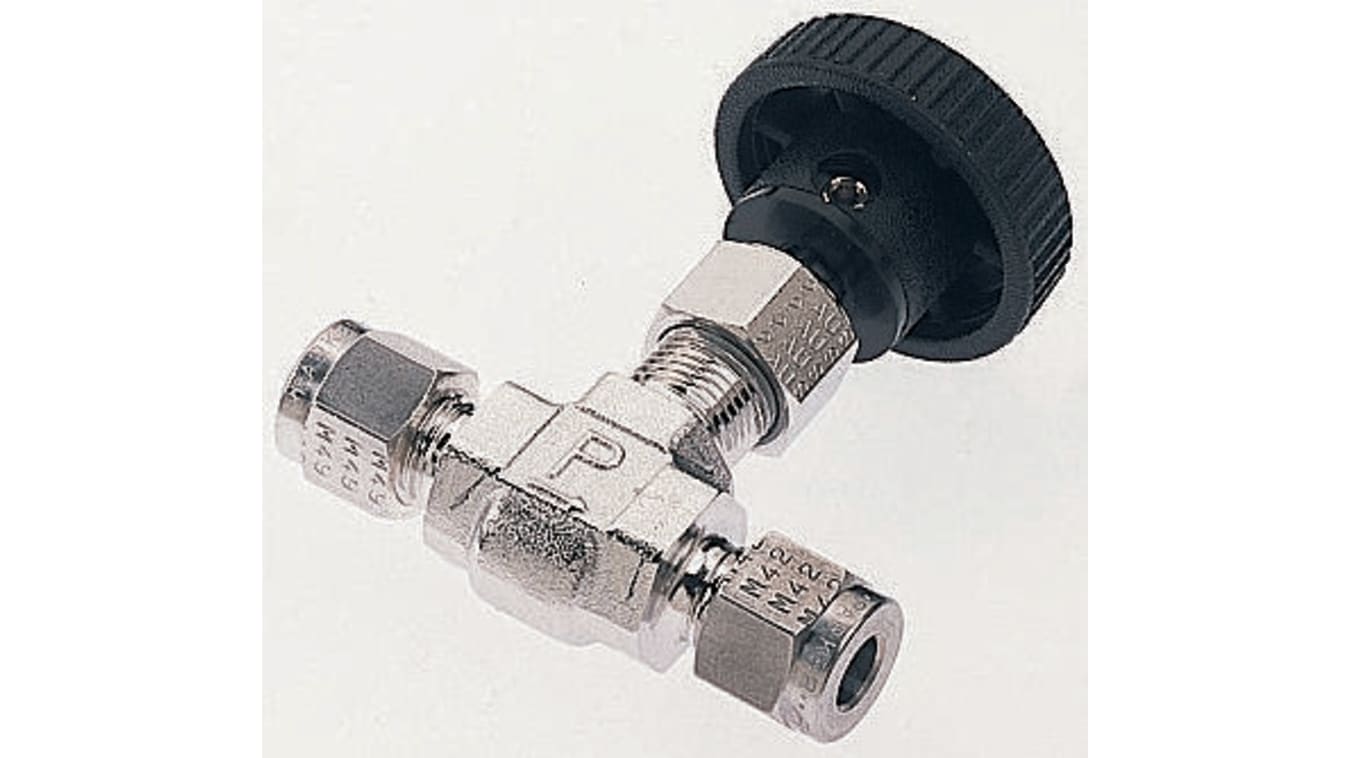Types of metal valve
Ball valve – A ball valve is used in the spherical plug design. These valves can be controlled manually with a lever that also shows whether they are open or closed, or automatically with an actuator.
Butterfly valves -A butterfly valve is usually used in the oil and gas processing industries because they are portable, simple to use, self-cleaning, and there is little pressure loss across the valve when it is open.
Gate valve – Gate valves work best as isolating or stop valves. Due to the minimal flow resistance, the fluid will flow in a straight path when they are fully opened, with little pressure loss.

Check valve – Stops the flow of fluid in pipework from turning around. The fluid flow keeps the check valves open. The valve would close if the fluid flowed the other way. Lift and swing checks are features of this kind of valve.
Globe valve – It works in forcing the fluid flowing through to reverse direction twice. Although they are more expensive than gate valves, they have higher flow resistance.
Needle valve – A needle valve give adjustable flow control. They have a matching seat and a pointed disc with a sharp edge. They are frequently employed for continuous blow off or chemical feed control services. They are only able to handle rather low flow rates.
When you should use a metal valve
There are 2 circumstances in which a belven mechanical valve will be put into use. Those would be the high temperature application and also the high pressure application
High temperature application
In situations involving high temperatures, metal alloys excel. The maximum temperature for common plastics like PVC and CPVC is 140°F and 200°F, respectively. They are therefore ideal for jobs that require low temperatures but are totally inappropriate for hotter settings. Fortunately, metals like steel, iron, and bronze are ideal for high temperature applications.
But not all metals are made equally. For instance, bronze can withstand temperatures between 150 and 550 degrees Fahrenheit, depending on the grade. It is possible to make 316 stainless steel resistant to temperatures of up to 2000F. Cast iron needs to be heated to at least 2100F before it begins to melt. Installing valves where they would be exposed to maximum temperatures all the time is not a good idea! However, these valves will endure if sometimes exposed to harmful conditions.
High pressure application
Metal alloys flourish in conditions involving high temperatures. Common plastics like PVC and CPVC can withstand temperatures of up to 140°F and 200°F, respectively. Since they cannot function in hotter environments, they are perfect for jobs that require low temperatures. Fortunately, metals like steel, iron, and bronze are perfect for applications requiring high temperatures. So it is safe.
However, not all metals are created equal. For instance, depending on the quality, bronze can endure temperatures between 150 and 550 degrees. 316 stainless steel can be made to withstand temperatures of up to 2000°F. It is not a good idea to install valves where they would constantly be exposed to high temperatures! These valves will, however, hold up even if occasionally exposed to hazardous situations.
